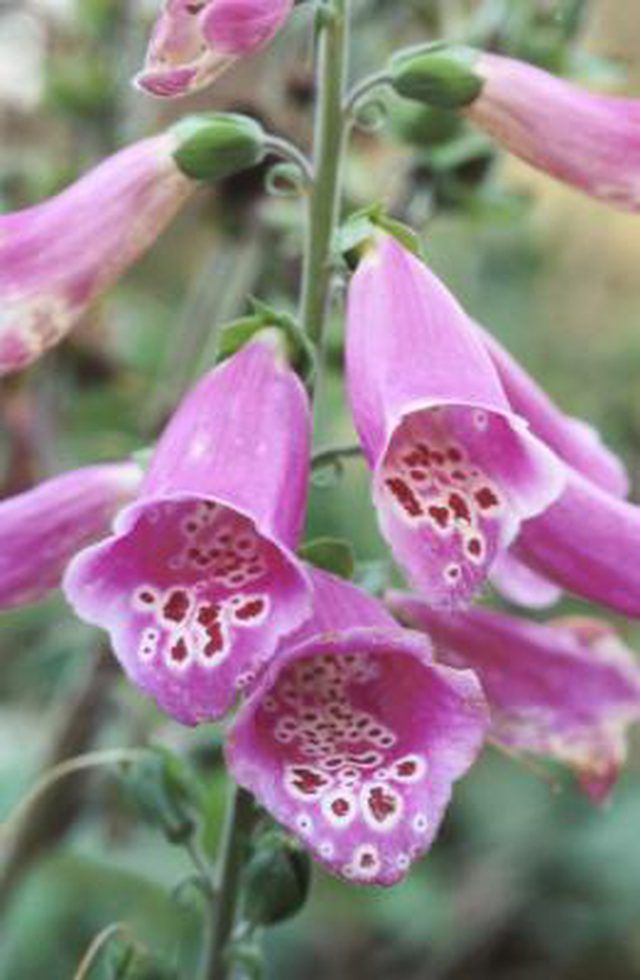Bulbs
Flower Basics
Flower Beds & Specialty Gardens
Flower Garden
Garden Furniture
Garden Gnomes
Garden Seeds
Garden Sheds
Garden Statues
Garden Tools & Supplies
Gardening Basics
Green & Organic
Groundcovers & Vines
Growing Annuals
Growing Basil
Growing Beans
Growing Berries
Growing Blueberries
Growing Cactus
Growing Corn
Growing Cotton
Growing Edibles
Growing Flowers
Growing Garlic
Growing Grapes
Growing Grass
Growing Herbs
Growing Jasmine
Growing Mint
Growing Mushrooms
Orchids
Growing Peanuts
Growing Perennials
Growing Plants
Growing Rosemary
Growing Roses
Growing Strawberries
Growing Sunflowers
Growing Thyme
Growing Tomatoes
Growing Tulips
Growing Vegetables
Herb Basics
Herb Garden
Indoor Growing
Landscaping Basics
Landscaping Patios
Landscaping Plants
Landscaping Shrubs
Landscaping Trees
Landscaping Walks & Pathways
Lawn Basics
Lawn Maintenance
Lawn Mowers
Lawn Ornaments
Lawn Planting
Lawn Tools
Outdoor Growing
Overall Landscape Planning
Pests, Weeds & Problems
Plant Basics
Rock Garden
Rose Garden
Shrubs
Soil
Specialty Gardens
Trees
Vegetable Garden
Yard Maintenance
How to Care for Foxgloves
How to Care for Foxgloves. With their 2- to 5-feet-tall spikes and their bell-shaped, 2- to 3-inch flowers that have spotted throats and range in color from yellow and white to pink or purple, common foxgloves (Digitalis purpurea) are easily identifiable in the garden. These European natives are deer- and rabbit-resistant and attract hummingbirds....

With their 2- to 5-feet-tall spikes and their bell-shaped, 2- to 3-inch flowers that have spotted throats and range in color from yellow and white to pink or purple, common foxgloves (Digitalis purpurea) are easily identifiable in the garden. These European natives are deer- and rabbit-resistant and attract hummingbirds. Hardy in U.S. Department of Agriculture plant hardiness zones 4 through 8, foxgloves prefer well-drained soil in a sunny to partially shady area of the garden. With proper care, they grow oblong, light-green foliage in their first year and bloom the next year.
Things You'll Need
Watering device
Trowel
Measuring tape or ruler
5-10-5 granular fertilizer or compost
Organic mulch
Pruning shears (optional)
Neem oil
Horticultural oil
Gloves
Bowl
Soapy water
Water foxgloves immediately after planting them, thoroughly soaking the soil around the plants. Keep the soil somewhat wet initially, watering about three times during the first week. Provide 1 inch of water each week afterward, maintaining consistently moist, but not wet, soil and adjusting your watering frequency after rainfall. Water foxgloves in early morning, and avoid getting their leaves wet to prevent diseases.
Dig a 1-inch-deep trench in a 3-inch diameter around each foxglove plant. Sprinkle one handful of 5-10-5 granular fertilizer in each trench. Fill the trenches with soil, and water the soil. Do this in early spring and again six and 12 weeks afterward. Alternatively, apply a 1- to 2-inch-thick layer of compost around the foxgloves each spring to provide nutrients.
Spread a 2-inch-thick layer of organic mulch, such as shredded leaves or bark chips, on the soil around the foxgloves. Keep the mulch about 1 to 2 inches away from the plants. Mulch promotes soil moisture retention and keeps weeds at bay.
Treat and prevent powdery mildew outbreaks by properly spacing plants to allow proper air circulation, water from below and not overhead, clean up leaf debris below foxgloves and prune off affected foliage. Spray severe infections with ready-to-use Neem oil or horticultural oil, saturating the plant's foliage and repeating weekly or as needed. Do not use oil-based products when temperatures are above 90 degrees Fahrenheit or the plant is stressed from drought.
Remove slugs or snails from the foxglove's foliage in the early morning when the pests are most active. Wear gloves and pick the pest from the plant, placing them in a small bowl of soapy water. Prune off any foliage damaged by the snails or slugs.
Pinch off the foxgloves' wilted or faded flowers. Doing so keeps the plants looking neat and prevents them from spending energy on making seeds. Alternatively, wait until two-thirds of the flowers have faded, and then use pruning shears to cut back each entire stalk at the point where its base meets the bottom leaves.
Tips & Warnings
If you grow tall foxglove varieties, stake the plants when they're young to keep them upright as they grows. Use plant ties to attach the plants loosely to the stakes.
Disinfect pruning tools by wiping the blades with alcohol before using and between cuts to keep from spreading diseases. Allow the blades to dry before using.
If you don't mind foxgloves reseeding, then keep a few of their flower spikes intact so they produce and disperse seeds.
Wash your hands after using and chemical products.
All parts of foxgloves are poisonous. Keep children and pets away from the plants.
Foxglove is invasive in some locations.